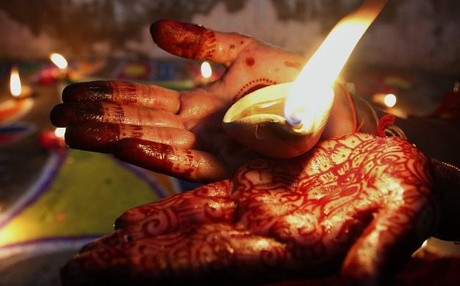 Washington, Oct 26: The first-ever Diwali celebrations will be held at the US Capitol this year, with the US lawmakers announcing to hold a Congressional reception for the festival of lights.
Washington, Oct 26: The first-ever Diwali celebrations will be held at the US Capitol this year, with the US lawmakers announcing to hold a Congressional reception for the festival of lights.
Cutting across party lines, a number of Senators and members of US House of Representatives are expected to attend the "first-ever Congressional Diwali" reception, lawmakers said yesterday.
"Diwali is a festival of great significance to millions of Indians and Indian-Americans and I'm thrilled and proud to be a part of the first-ever Congressional Diwali," Congressman Joe Crowley, co-chair of the Congressional Caucus on India and Indian Americans, told PTI.
"I'm looking forward to this bipartisan event that will bring together members of Congress, prominent Indian-American leaders, and the community to celebrate Diwali," he said.
"This isn't only about celebration though – this event is also about helping to build a greater understanding of differing cultural backgrounds and histories not only for Indian Americans but for all Americans.
I'm looking forward to what should be the first of many Diwali celebrations on Capitol Hill in the years ahead. This event is truly making history!" Crowley said.
Congresswoman Tulsi Gabbard, who is the first Hindu to be elected to the US Congress said, "Our historic, first-ever Congressional Diwali reception will serve to increase awareness about Diwali and highlight its positive, peaceful message during these contentious times".
"Diwali is a time to light a welcoming lamp within our hearts, to invite the Lord into our life. This message has great relevance at a time when politics and partisanship seem to overshadow compassion and concern for the greater good," Gabbard said.
Indian Americans have welcomed the move by lawmakers. "This is a historic occasion," said Dr Sambu Banik, an eminent Indian American from the Greater Washington Area.





Comments
Add new comment